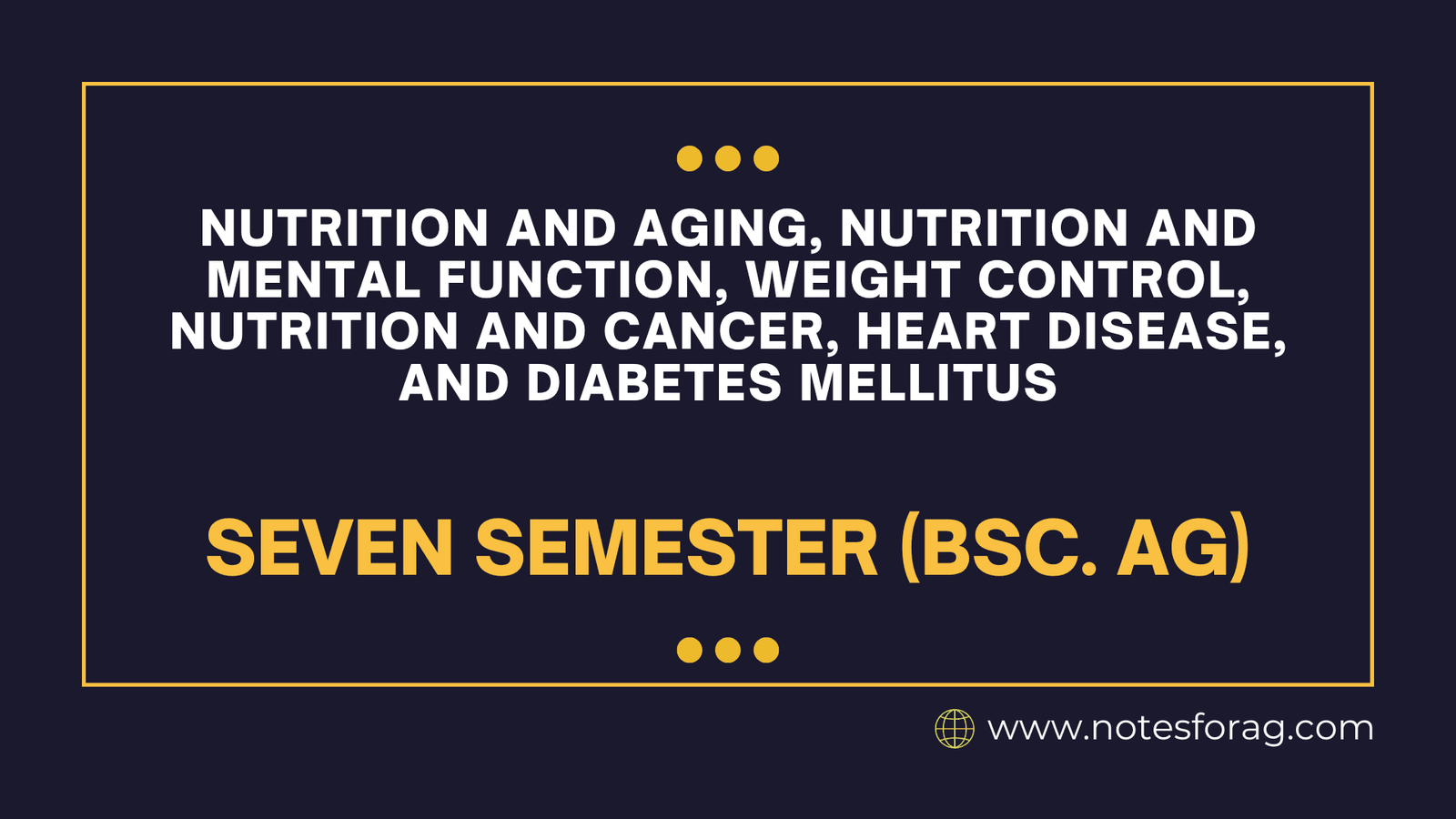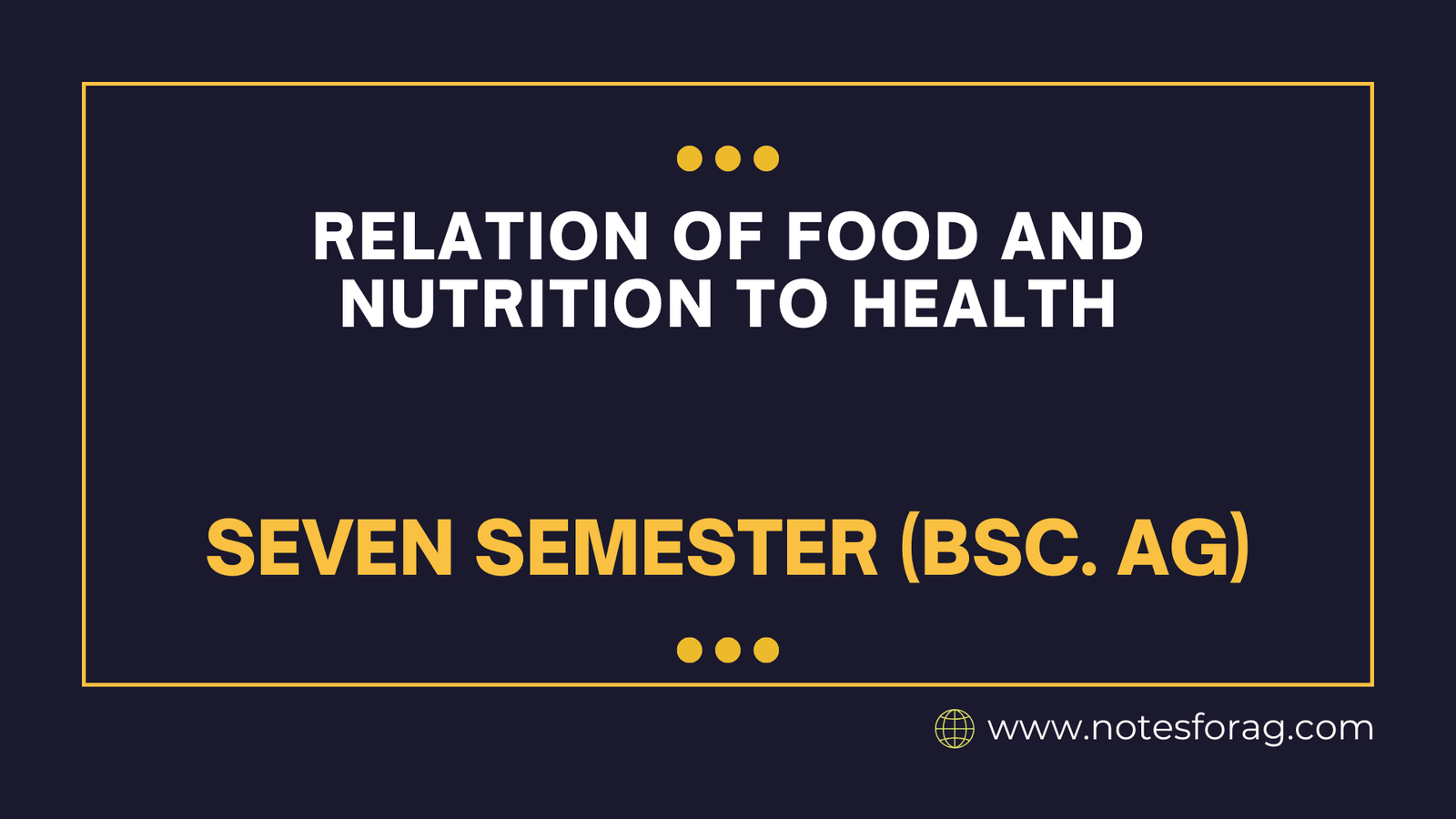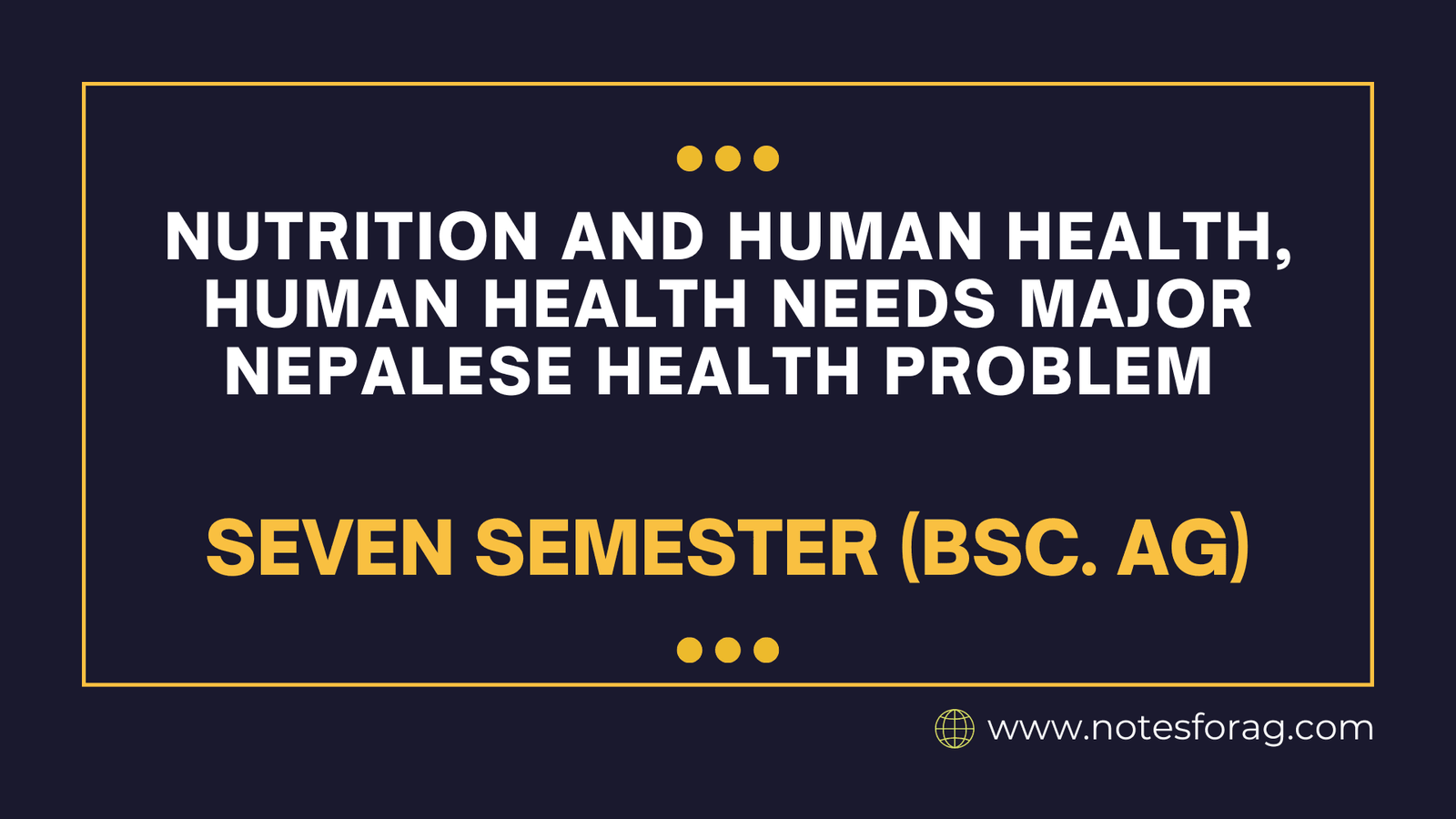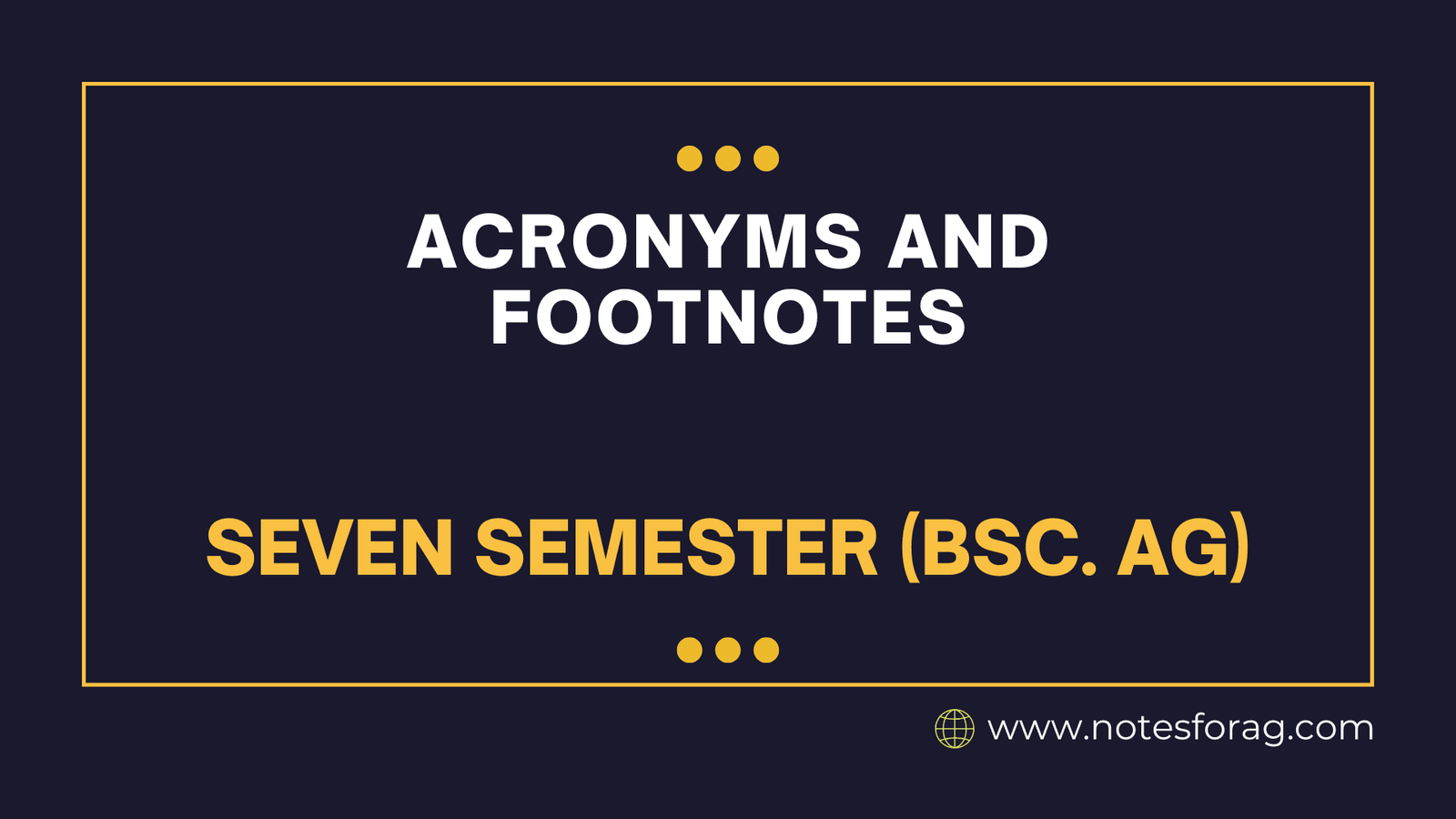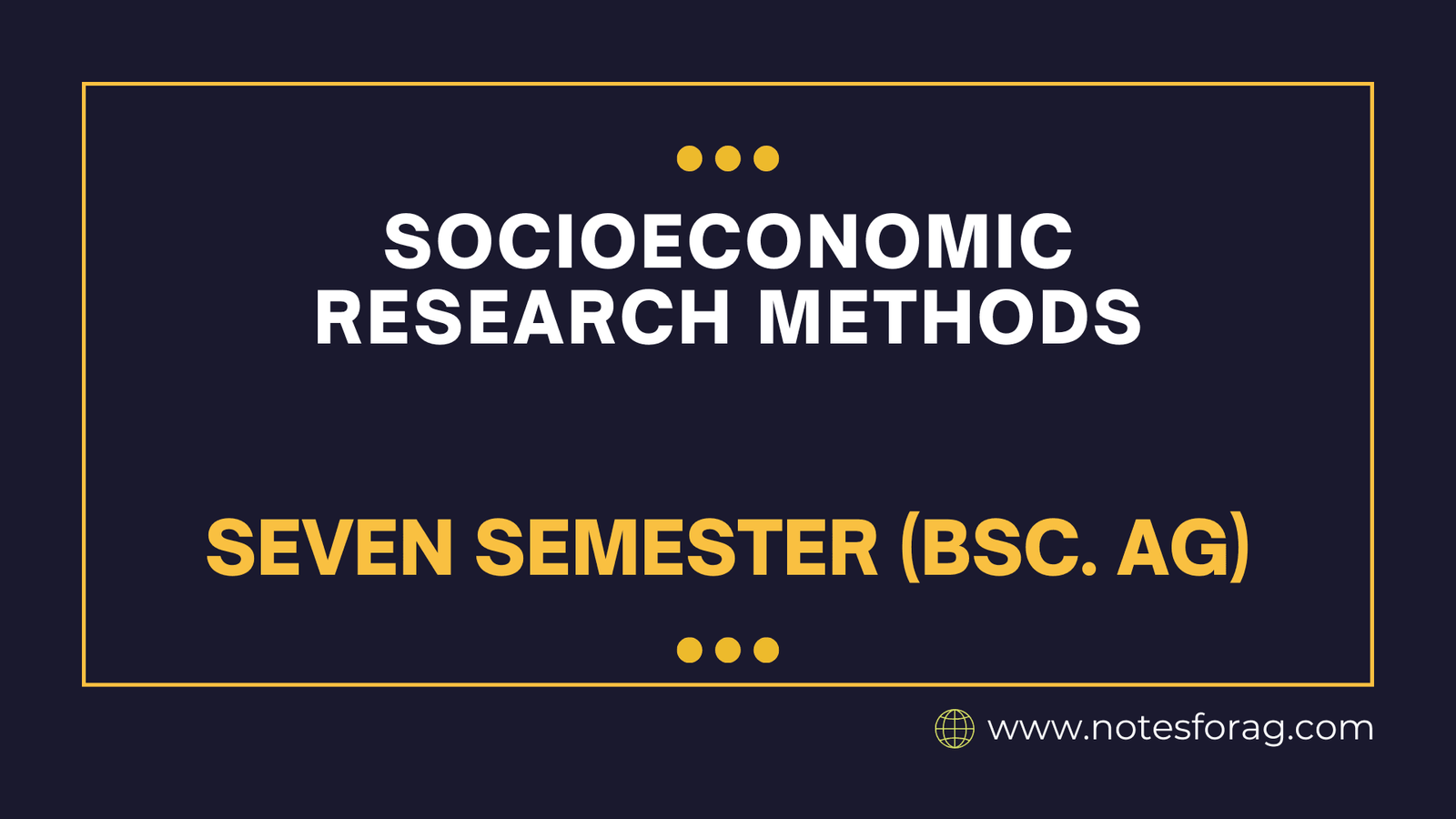Nutrition and aging, nutrition and mental function, weight control, nutrition and cancer, heart disease, and diabetes mellitus
Why is nutrition important for aging? Proper nutrition helps maintain physical strength, mental clarity, and overall health, reducing the risk of age-related illnesses like heart disease, osteoporosis, and cognitive decline. Nutrition and Aging Healthy eating plays a crucial role in aging gracefully. As people age, their bodies need fewer calories but more nutrients to support … Read more

